The Fundamentals of Chiropractic Therapy
Chiropractic care is founded on the principle that the body has an inherent ability to heal itself, a process orchestrated by the brain through the nervous system. This therapy emphasizes the importance of spinal and joint alignment, asserting that correcting misalignments enables the body to recover naturally, bypassing the need for drugs or surgical interventions. The goal is to enhance bodily function and reduce pain, tapping into the body's natural healing capabilities.
Adjustment is a key practice in chiropractic care, involving precise joint manipulation to achieve proper alignment. These adjustments, which can be applied to nearly all body joints, are characterized by specific direction, leverage, force, velocity, and amplitude. Often accompanied by a distinctive popping sound, these manipulations aim to adjust the nervous system and nerves, promoting balance and restoring normal joint function. Through this holistic approach, chiropractic care seeks to improve movement and overall well-being.
Common Types & Techniques of Chiropractic Therapy
Chiropractic therapy offers a variety of techniques tailored to meet individual health needs. These methods focus on spinal health, chronic pain relief, and promoting overall wellness.
- Spinal Manipulation
This is the most widely recognized form of chiropractic therapy, focusing on restoring joint mobility through controlled force applied to joints that have become restricted in their movement.
- Mobilization
Mobilization focuses on gentle movements and stretches to increase the range of motion in muscles and joints. It's a softer approach than manipulation, enhancing flexibility and comfort.
- Flexion-Distraction
A non-force technique, flexion-distraction is used for spine issues, including disc injuries or sciatica. It involves a special table to stretch the spine.
- Soft Tissue Therapy
Soft Tissue Therapy targets muscle and connective tissue health. Techniques such as massage and trigger point therapy are used to relieve muscle tension, improve circulation, and reduce inflammation.
- Adjustive Instruments
Chiropractors use various instruments like the Activator, a hand-held device to deliver a gentle impulse force to the spine, for precise adjustment.
- Rehabilitation Exercises
Chiropractors often prescribe specific strengthening and rehab exercises to correct biomechanical issues and improve posture.
- Nutritional Counseling
Many chiropractors offer advice on nutrition and diet to support overall wellness and aid in the healing process.
- Drop Table Technique
It involves a specially designed table to assist in spinal adjustments, using gravity to enhance the adjustment effort.
- Activator Method
Uses a small, hand-held instrument to deliver a gentle impulse force to the spine with the aim of restoring motion to the targeted spinal vertebra or joint.
Benefits of Chiropractic Therapy
Choosing chiropractic care comes with a host of advantages aimed at enhancing your overall health. This natural, hands-on approach focuses on empowering the body's self-healing capabilities, offering relief and recovery across various conditions.
- Natural Healing for Spinal and Neck Injuries: Chiropractic adjustments promote the body's innate healing processes, effectively addressing spinal and neck injuries without invasive treatments.
- Relief from Migraines and Neck-Related Headaches: Many find significant relief from the intense discomfort of migraines and headaches that originate from neck issues through targeted chiropractic care.
- Solution for Whiplash Injuries: Accidents can lead to whiplash, resulting in persistent pain. Chiropractic therapy offers a pathway to recovery, reducing pain and restoring function.
- Eliminates Joint Discomfort: Effective manipulation techniques can ease the pain in legs, arms, and shoulders, enhancing mobility and quality of life.
- Alleviates Symptoms of Osteoarthritis and Fibromyalgia: Applying moderate pressure through deep tissue massage can significantly reduce discomfort associated with conditions like osteoarthritis and fibromyalgia.
Conditions Treated by Chiropractic Therapy
Chiropractic therapy serves as an effective treatment option for a variety of conditions, particularly those affecting the musculoskeletal system. Consulting a chiropractor might be beneficial if you're experiencing any of the following issues:
- Lower Back Pain: One of the most common reasons people seek chiropractic help, lower back pain can be significantly reduced through spinal manipulation and other chiropractic techniques.
- Neck Pain: Chiropractic adjustments can relieve neck pain, often caused by poor posture, accidents, or normal wear and tear.
- Headache: Tension headaches and headaches originating from the neck can be alleviated with chiropractic care, which addresses the root cause of the headache rather than just the symptoms.
- Fibromyalgia: This condition, characterized by widespread musculoskeletal pain, may see improvements in symptoms through a combination of chiropractic care and soft tissue techniques.
- Sciatica: Chiropractic adjustments can help in chronic pain relief and discomfort caused by sciatica, which is pain along the sciatic nerve running down one or both legs from the lower back.
- Myofascial Pain: Chronic pain in the muscles and the connective tissue around them can be addressed with specific chiropractic treatments focused on those areas.
- Spinal Stenosis: Though a more complex condition, some patients with spinal stenosis may find relief from chiropractic care aimed at improving spinal alignment and function.
- Chest Wall Pain: While less commonly known, chiropractic techniques can also help alleviate pain in the chest wall, improving mobility and comfort.
What to Expect in a Chiropractic Session
A typical chiropractic visit involves a few key steps to assess and address your health concerns, focusing on spinal health and mobility.
Initial Visit
- Health History: Your chiropractor will review your health background.
- Physical Exam: Special focus on the spine to identify issues.
- Additional Tests: May include X-rays, MRIs or other exams to aid diagnosis.
Treatment Plan
If chiropractic care turns out to be a good fit, a personalized treatment plan is crafted to address your specific needs and health goals, ensuring a tailored approach to your wellness journey.
Chiropractic Adjustments
- Manual Therapy: Manual therapy is hands-on adjustments to improve motion and relieve pain.
- Focus Area: Mainly the spine, applying controlled force to joints.
Additional Treatments
- Mobilization: Enhancing joint movement.
- Massage: Relieving muscle tension.
- Nonmanual Therapies: Heat or ice, ultrasound, electrical stimulation.
Preparation for Chiropractice Therapy
Here's a quick checklist to help you get ready for your chiropractic appointment:
Before Your Visit
- Know Your Symptoms: Pinpoint where you feel discomfort.
- Medical History: Have a list of any previous conditions and current treatments.
- Lifestyle Info: Be prepared to discuss your daily activities and exercise habits.
At the Appointment
- Questions: Ask about the treatment plan, session frequency, and any aftercare advice.
- Eat Light: Avoid heavy meals right before your session.
- Dress Appropriately: Opt for loose, comfortable clothes.
- Stay Hydrated: Drink water before and after your visit to aid recovery.
- A thorough physical examination is mandatory as the chiropractor will study the spinal condition.
Contraindications for Chiropractic
While chiropractic therapy is widely considered safe and effective, there are certain conditions where spinal adjustments may not be recommended. Understanding these contraindications helps ensure the safety and well-being of patients undergoing chiropractic care.
Minor Reactions
- Temporary discomfort in the treated area is the most typical reaction, usually resolving quickly after therapy.
Serious Side Effects
- Significant adverse effects from chiropractic adjustments are uncommon.
Not Recommended Conditions
- Arthritis: Certain types can make spinal manipulation unsafe.
- Bone Conditions: Fractures, dislocations, or severe osteoporosis are concerns.
- Cancer or Infection: Present in the treatment area can be a contraindication.
- Vascular Issues: Such as vertebral artery stenosis, require caution.
Special Considerations
- Older Adults: Older adults with osteoporosis or other bone-weakening conditions should consult closely with their chiropractor to adjust treatment methods accordingly, opting for gentler techniques when necessary.
Risks of Chiropractic Therapy
The procedure is safe only when you visit a trained professional who holds the license to deliver chiropractic care. Complications arising from the therapy are rare. Still, you should know about the possibilities.
- Herniated disc or deterioration of existing disk herniation
- Possibility of strokes after neck manipulation
- Nerve compression in the lower spinal section
Research shows that spinal manipulation and proper chiropractic care are safe as long as the professionals perform the procedures.
Recovery: What happens after chiropractic therapy
Many people claim that they have felt immediate relief from the chronic pain just after the treatment. The chief aim of the chiropractor will be to restore the healthy state for the long term instead of giving you short-term relief. So the therapist will ask about your recovery stage only after you live throughout the day. It will include regular actions like walking, sitting, standing, and sleeping. So you can report any pain after leading a regular life.
Related therapies
Chiropractors often recommend other therapies along with chiropractic therapy. Such therapies usually include:
- Icing or heat therapy: Ice therapy will reduce the swelling and control the pain immediately after an injury. Heat therapy will relax the muscles and improve blood circulation.
- Stress management and muscle relaxation procedures as the manipulation exert stress on the structural framework.
- Advice on maintaining accurate nutrition with suitable diet plans.
- Weight management processes and general health maintenance.
- Applying Transcutaneous Electrical Nerve Stimulators or TENS for muscular electrical stimulation.
- Exercises and stretches.
A combination of the chiropractic procedure and the necessarily related therapies will help get permanent relief from chronic pain. Thus, the therapy is gaining quick popularity among people of all ages.
Start Your Journey to Well-being with Chiropractic Therapy at Physiotattva
Discover the transformative power of chiropractic care at Physiotattva and take the first step towards a healthier, more balanced life. Our licensed chiropractors are dedicated to providing personalized treatment plans that target your unique needs, offering relief from pain and discomfort through natural, non-invasive techniques. By focusing on spinal alignment and joint adjustment, we aim to not only alleviate immediate symptoms but also to address the root causes of discomfort, ensuring long-term health benefits.
Ready to feel your best? Book your appointment at Physiotattva today and take the first step towards a vibrant, healthier you.




-Physiotherapy.webp)
-for-Shoulder-Pain-Relief.webp)
-for-Knee-Pain-Relief.webp)


-for-Back-Pain-Relief%20(1).webp)





.webp)











.webp)


.webp)

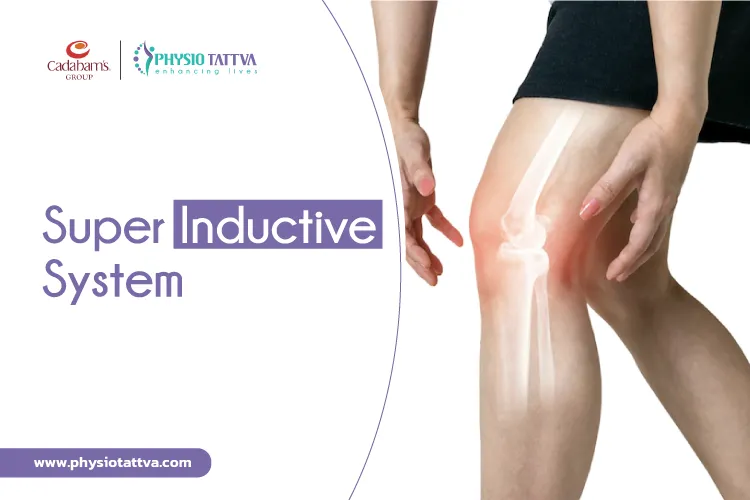



.webp)
.webp)


.webp)
.webp)

.webp)
.webp)
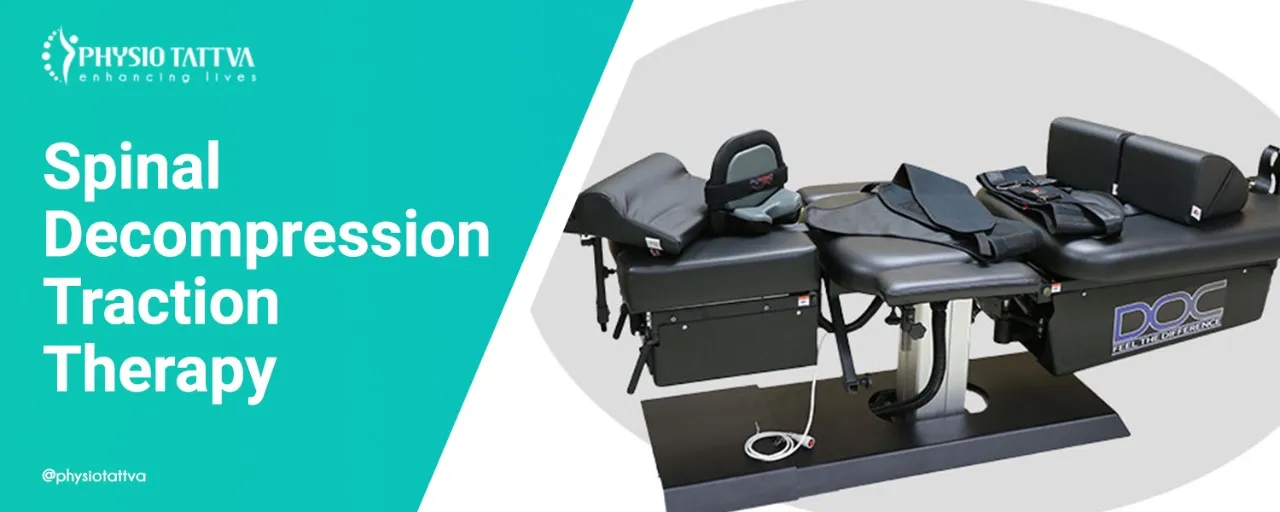
.webp)
.webp)

.webp)
.webp)







.webp)
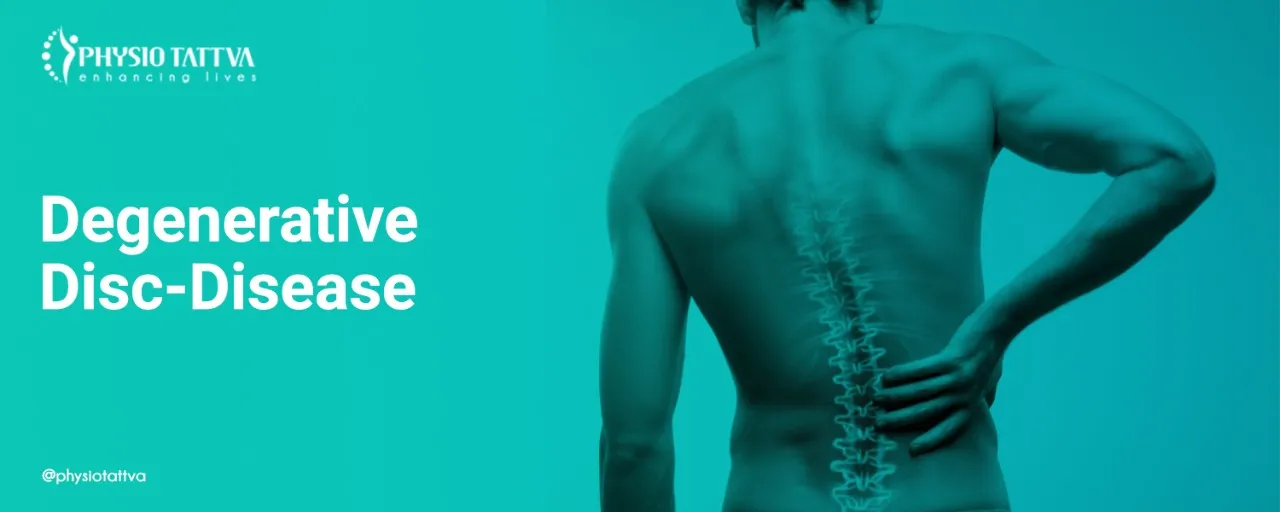

.jpeg)


.webp)
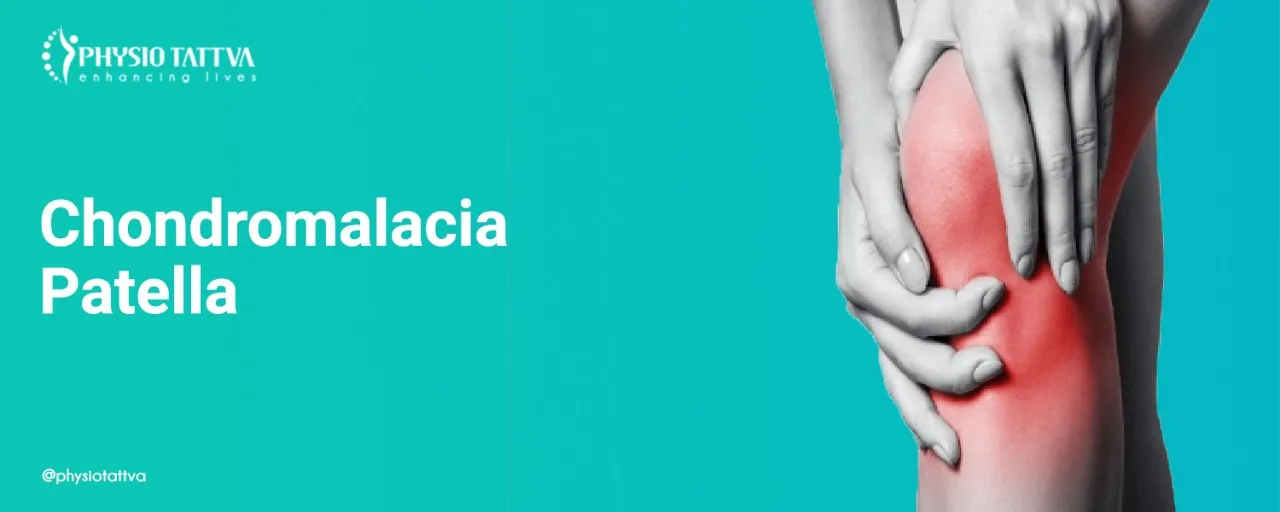
.webp)











.png)




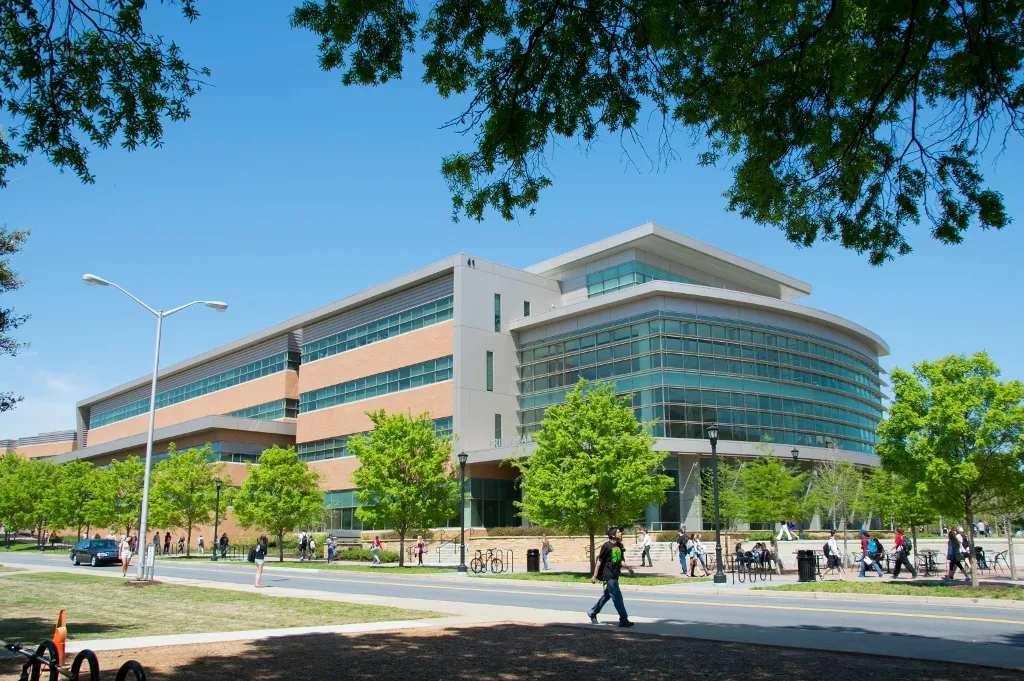



%20(1)-p-3200.jpeg)


.jpg)
.webp)
.webp)
.webp)

